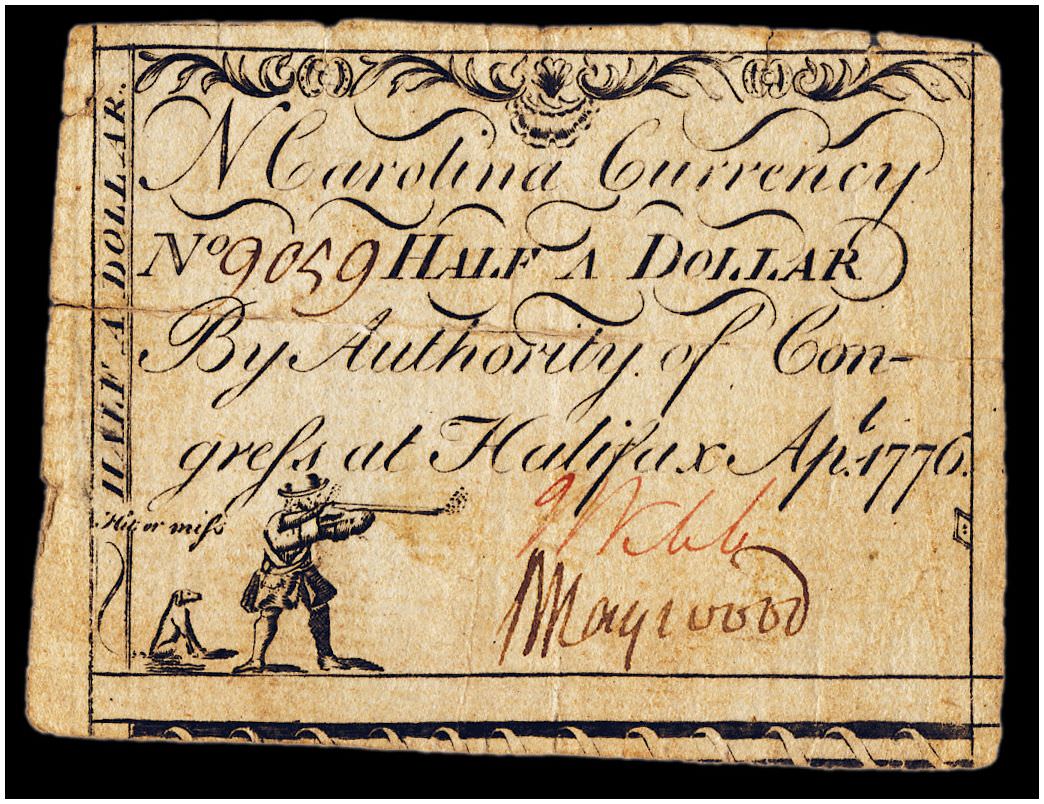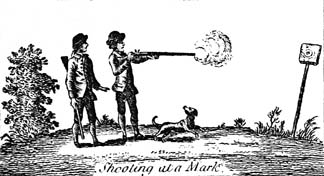I've found very few detailed descriptions of rifle accuracy in the 18th-century literature. They talk a lot about good shooting, tell some impressive tales...killed a horse at 400 yards, shot a board between the knees, broke a head at 200 yards, shot the nose off the king at 150 yards...but exactly what that meant is difficult to come by. Here are a couple with a bit more detail, does anyone have others?
Running Mad for Kentucky
Frontier Travel Accounts, edited by Ellen Eslinger
Journal of John May: 1788”¦.Saturday, May 17 This afternoon I proved my [new] rifle gun----fir’d her 4 times and made excellent shot. 3 times out of 4 I put the ball within 2 inches of the spot which was the bigness of a dollar”¦.
_Indian Captivity: A true narrative of the capture of Rev. O. M. Spencer by the Indians, in the neighborhood of Cincinnati_ , in 1792
Describing one William Moore:
"...a practiced marksman, who at fifty steps, with his rifle, “off hand,” often “drove the centre,” and seldom failed to “cut the black:””¦.
Spence
Running Mad for Kentucky
Frontier Travel Accounts, edited by Ellen Eslinger
Journal of John May: 1788”¦.Saturday, May 17 This afternoon I proved my [new] rifle gun----fir’d her 4 times and made excellent shot. 3 times out of 4 I put the ball within 2 inches of the spot which was the bigness of a dollar”¦.
_Indian Captivity: A true narrative of the capture of Rev. O. M. Spencer by the Indians, in the neighborhood of Cincinnati_ , in 1792
Describing one William Moore:
"...a practiced marksman, who at fifty steps, with his rifle, “off hand,” often “drove the centre,” and seldom failed to “cut the black:””¦.
Spence





 The horse at 400 yards is believable as it was probably miss where the officer was the target. I'm not discrediting what the riflemen could do or their contribution but reality is most shots were not very long range.
The horse at 400 yards is believable as it was probably miss where the officer was the target. I'm not discrediting what the riflemen could do or their contribution but reality is most shots were not very long range.

